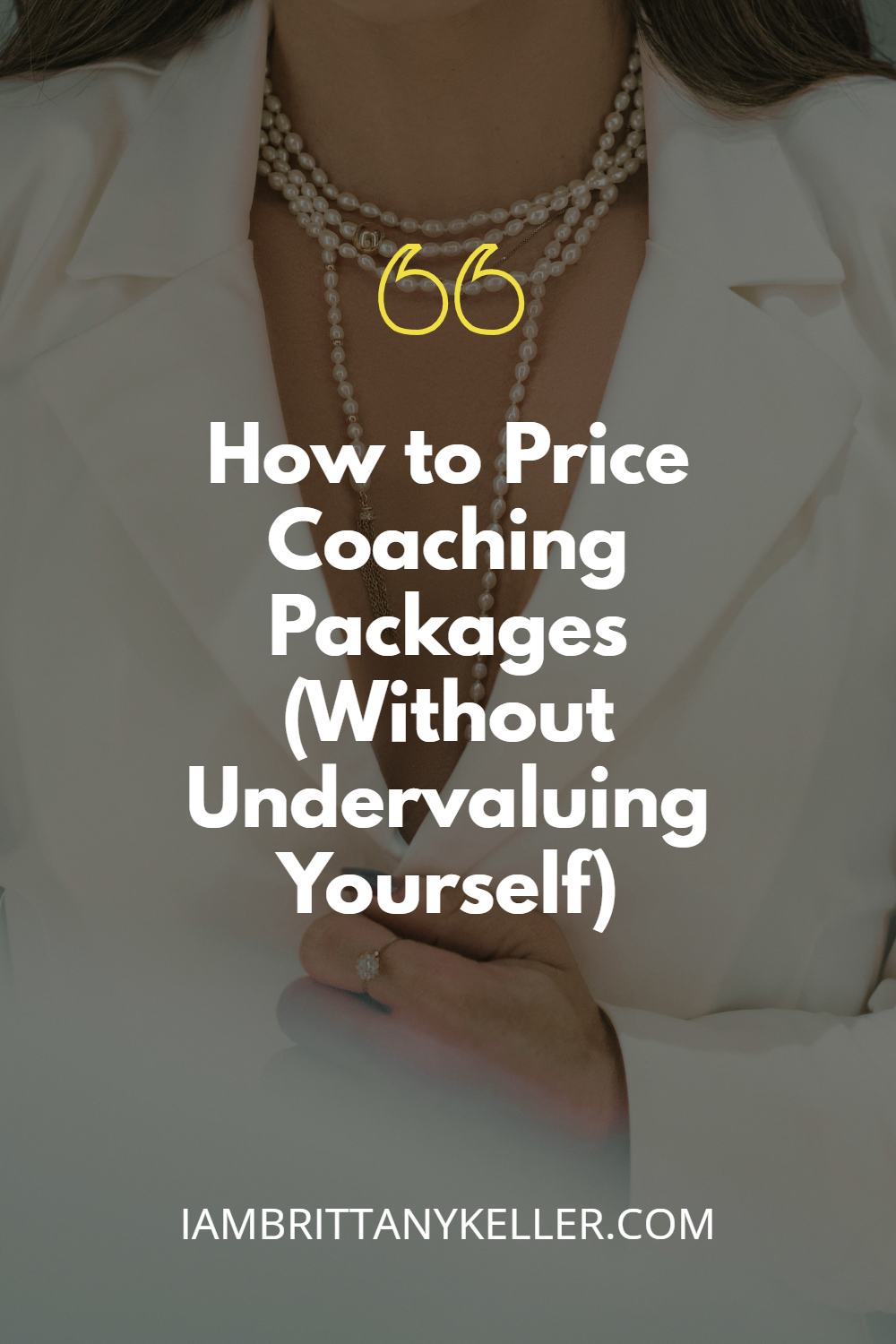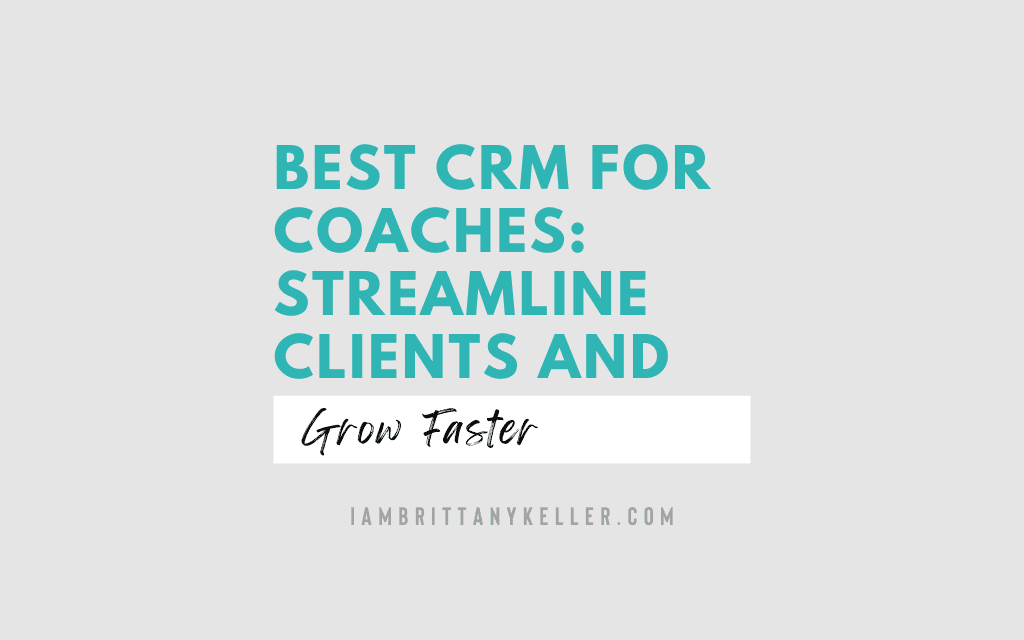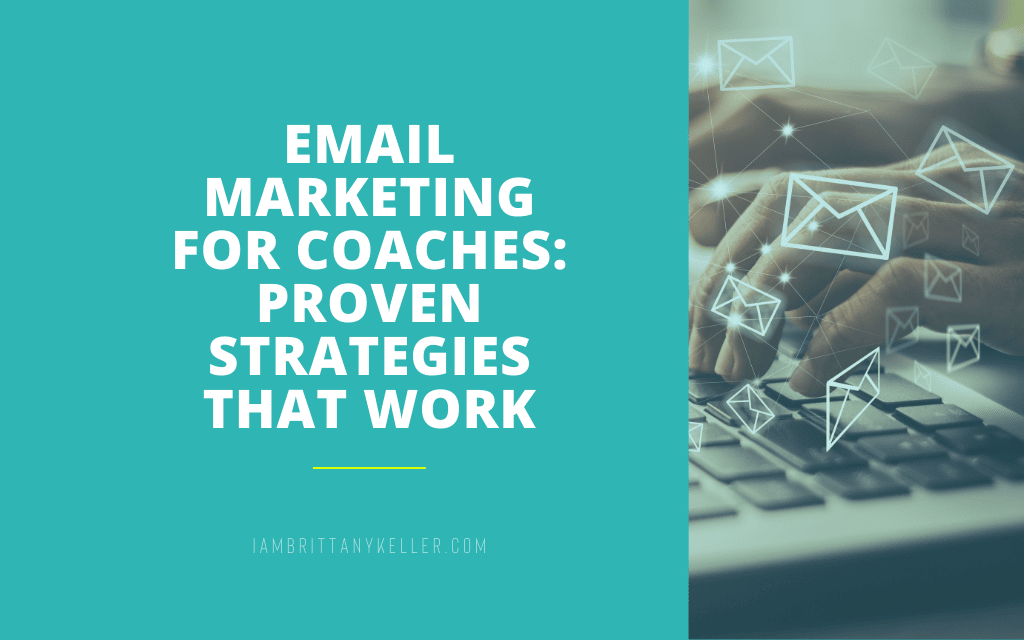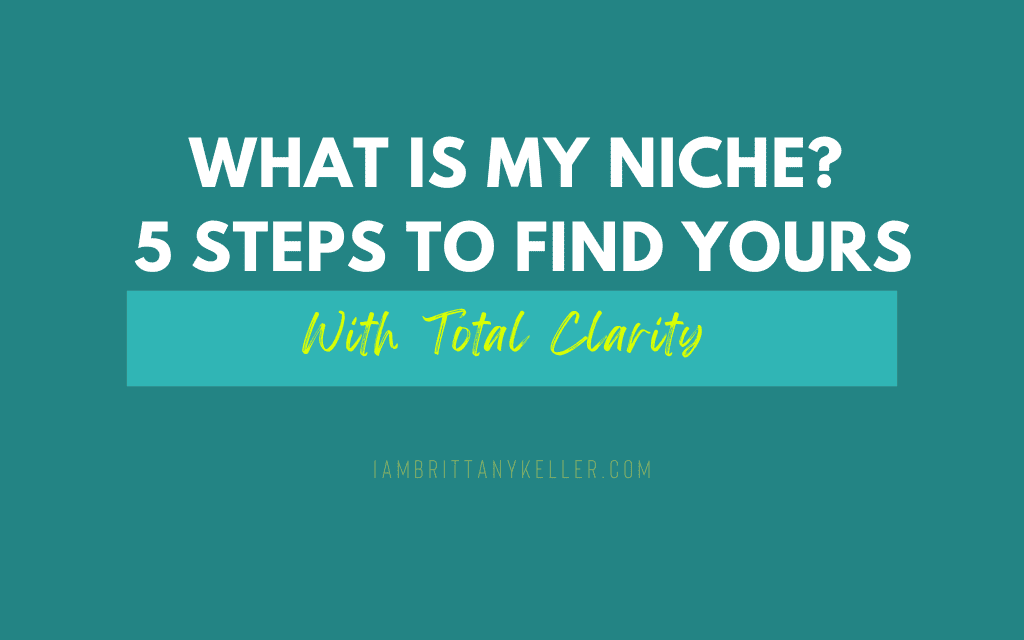If you’ve been wondering how to price coaching packages so you’re paid what you’re worth and attract clients who actually value your work, you’re in the right place.
80% of people who receive coaching report increased self-confidence, which means the transformation you offer is worth far more than just the number on your invoice. The real question is, are you charging in a way that reflects that value?
I’ve been where you are, delivering transformations worth 10x, 20x the investment, while getting paid a fraction of the value. And I’ve also been on the other side, charging rates that feel aligned, working with higher caliber clients, and selling packages without needing to convince anyone.
This is your no fluff guide on how to price coaching packages so you feel good about every sale, attract the right clients, and stop leaving money and energy on the table.

Mindset Before the Math
Most coaches think pricing your coaching packages is just a numbers game. It’s not.
The biggest thing that keeps coaches undercharging? Old money stories tied to self-worth.
-
“I can’t charge for my services.”
-
“People won’t pay that much.”
-
“Sales feel uncomfortable.”
Sales are uncomfortable until you learn the skill set and get clear on your value.
When I work with clients, I tell them: don’t separate your self-worth from your price. Your price is because of your self-worth. If you believe in the transformation you deliver, you’ll stop feeling guilty for charging more. Those stories you’ve carried about money aren’t facts, they’re just old programming. And when you drop them, it gets a whole lot easier to set coaching package rates that feel right.
Ready to raise your rates?
If you’re done guessing your prices and want to confidently charge what your work is worth, check out my post: Limiting Beliefs About Money That Are Blocking Your Income. It’ll help you spot the hidden beliefs keeping you underpaid, and show you how to break them for good.
What Determines the Price of a Package?
Pricing coaching packages should feel intentional. For me, it comes down to:
-
Your track record. If you’ve consistently helped clients get real results, you can confidently price higher.
-
The transformation you deliver. The bigger the shift, the bigger the value.
-
Your energy and capacity. Pricing has to reflect what it takes for you to show up at your best.
-
What feels good. If a number makes you contract, it’s not the right number.
Your rates should reflect the transformation and the market you’re playing in, not just your time.
How to Create a Pricing Package
There’s no cookie cutter formula here. My coaching package pricing is built on what feels good for me and what sets my clients up for success.
That might look like:
-
A 6 month transformation plan with deep support
-
Day or week intensives for fast action takers
-
Memberships for ongoing support
-
Performance based pricing where results dictate payment
Every package I create starts with what will help this client succeed. Bonuses and extras aren’t about padding the offer. They’re about giving them what they actually need. Sometimes that means extra coaching access through voice notes during business hours so they get support in between sessions.
How Much Can I Charge for Coaching?
Here’s the rule I give my clients: set a baseline you won’t go under, then find a price you feel confident selling right now. Confidence matters more than a fancy formula in the beginning.
It’s better to start at a number you can say out loud without flinching, sell it consistently, and then raise it as you stack proof of the transformation you deliver.
One client I worked with sold a $10,000 business program knowing it would generate $50,000 to $100,000 for her clients each year. That’s the power of pricing based on ROI, it makes the price a no-brainer.
How Do You Price Yourself as a Coach?
Your pricing model needs to work for you, your energy, and your goals, and there’s no one-size-fits-all here.
Some models my clients have used successfully:
-
Flat-fee packages that cover a set time period
-
Retainers for ongoing access and support
-
Performance-based pricing where payment is tied to results
Test the model that feels good for you and attracts the type of clients you want. And remember — when you raise your rates, you often raise your client quality. If you’re not attracting the people you want, it might be time to adjust both your message and your price.
What Are Standard Coaching Rates?
I don’t base my coaching program prices on industry averages, but here’s the truth. Most standard rates are just what other people are comfortable charging.
Instead of letting that box you in, look at it as a reference point, not a rule. Your rates should come from your results, your niche, and the caliber of clients you want to attract.
How to Create a Pricing Formula
If you love numbers, here’s a simple way to set coaching package rates:
1. Decide how much you want to earn annually
2. Subtract your time off
3. Divide by the number of clients you can realistically serve at your best
For me, I base it on what feels aligned and sustainable. Boundaries protect my energy, and my pricing reflects that.
Pricing Psychology for Coaches
People buy based on perceived value, not just the number.
Here’s how I make my coaching package pricing feel like a no brainer:
-
Anchor the value by reminding them of the transformation and the ROI
-
Add bonuses that matter such as voice note support for real time breakthroughs
-
Create urgency without pressure. The longer you wait, the longer you delay your results
How to Sell a Coaching Package
I don’t do long drawn out discovery calls. Most of my sales happen in the DMs or over email.
People come to me knowing they want to work together because my content has already done the heavy lifting. If someone hesitates, I trust them to make their best decision.
For one on one coaching, I require full payment upfront because you can’t get your time back. I offer payment plans only for offers that don’t directly take away my time.
Raising Your Rates Without Losing Clients
I raise my rates when I feel like it’s time, and every single time, my client quality improves.
If you’re delivering great results, you can raise your rates and keep or even grow your client base. Let existing clients know ahead of time and honor their current rate if they renew by a certain date.
Real Coaching Package Examples
When I work with clients on how to price coaching packages, we build offers that match their expertise, the transformation they deliver, and the lifestyle they want. Here are a few package setups I’ve helped clients create.
Life Coaching Package
One client wanted to help women navigate big life transitions. We set her up with a package that included biweekly sessions and weekday voice note support so her clients had access in between calls. The added in-between support made the package more valuable, and she felt confident charging premium rates because of the transformation it delivered.
Health Coaching Package
Another client focused on helping busy moms reclaim their health. We created a 12-week program with weekly coaching calls, a customized nutrition plan, and regular accountability check-ins. Once she saw the long-term results her clients were getting, she raised her rates without pushback.
Business Coaching Package
I helped a client design a 6-month business growth program that combined strategy, mindset work, and marketing support. We priced it at $10,000 based on the expected ROI for her clients, many of whom were able to multiply their investment several times over within a year.
Low-Ticket, High-Impact Offer
I’ve also had clients create small offers like a $27 workshop that still delivered big wins for buyers. One client’s low-ticket offer helped participants 5x their results, which then made it easier for her to sell them into higher-ticket packages with more support.
FAQs on How to Price Coaching Packages for Coaches Ready to Charge More
How much should I charge for coaching?
Start with a rate you can say out loud without hesitation. Your confidence in the number matters more than industry averages. Once you’ve sold it consistently and seen the results your clients get, raise it to match the transformation you deliver.
What should a coaching plan include?
Only what your client truly needs to get the result. Strip out filler and add support that moves them forward, whether that’s extra accountability, resources, or in-between session access.
How long should a coaching package be?
Long enough to deliver the promised transformation without burning you out. For some clients, that’s weeks. For others, it’s months. Set a timeframe that allows you to show up fully and your client to complete the process.
Do I need a signature process?
A signature process can make marketing easier, but it’s not required. What matters most is that you consistently deliver results and can clearly communicate how you get clients from point A to point B.
Learning how to price coaching packages isn’t about finding the right number. It’s about finding the number that matches your value, feels good to sell, and attracts the kind of clients who will actually do the work.
Conclusion: How to Price Coaching Packages with Confidence
When your coaching package pricing, mindset, and offer all align, sales get easier and you stop working twice as hard for half the money. This is exactly what happens when you know how to price coaching packages with confidence.
If you want more clarity on what’s holding you back from charging more, take my free Money Blocks Quiz and find out exactly what to shift so you can attract higher-paying clients without working harder.
Want to create more income and impact, without the guesswork? Join group for powerful money mindset shifts and heart-driven business strategies that actually work. Yes, I’m In!



